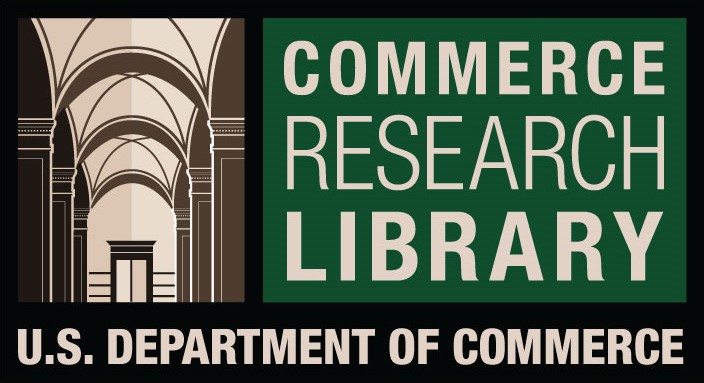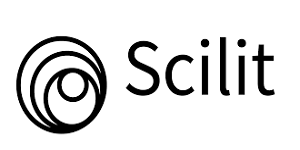Assessment of the Extent of Compliance with the Curriculum and Instructional Materials in the Early Childhood Care and Education Centres in Anambra State
DOI:
https://doi.org/10.61841/jsv8m520Keywords:
Extent, compliance, curriculum, instructional materials, provisions, practices, childhood education, Anambra stateAbstract
This study sought to assess of the extent of compliance with the curriculum and instructional materials provisions and practices in the early childhood care and education (ECCE) centres in Anambra state. Evaluative research design was adopted in the study. A total of 60 ECCE centres in Anambra State were involved in the study. The instrument for data collection was a Kit on the Evaluation of the extent of compliance with the curriculum and instructional materials provisions and practices in the ECCE centres in Anambra state, with direct observation and unstructured interview. The instrument was validated by experts and experienced personnel and used to collect data. The internal consistency of the instrument was determined using Cronbach Alpha. The reliability estimate.76. Percentages, frequency count and mean statistics were used to answer the research questions, while chi-square and student t-statistics were used to test the null hypothesis. The major findings of the study were that: the private and public ECCE centres operate similar curriculum and instructional material provisions. Among the educational implications of the findings of the study was that well established and well managed ECCE services in both public and private centres could ensure uniformity in curriculum content and curriculum implementation
Downloads
References
1. FGN/UNICEF (1993). Situation and policy analysis (SAPA). NERDC press, Lagos.
2. FRN (2004). National policy on education. Abuja: NERDC.
3. Ikemi, A. B. &Oja, U. A. (2001). Early child care handbook.Calabar: Glad Tidings.
4. Maduewesi, E. J. (2005). Benchmarks and global trends in education. Benin, Dasy Iva influence
Enterprises.
5. Maduewesi, E. J. (2005). Benchmark and global trends in education. Benin: Dasylva Influence
Enterprises.
6. Ogomaka, P. M. C. (2007) Some reforms in pre-primary and primary education in Nigeria. In B. C.
Okeke and C. C Anadi,. (eds.). Unizik Orient Journal of Education. 3 . (1), 5-10.
7. Okediadi, N. A. (2007). Assessment of the use of mother tongue as a medium of instruction in
nursery/primary schools. In B. C. Okeke and C. C. Anadi, eds. Unizik Orient Journal of Education. 3 .
(1), 11-14..
8. Ozoji, E. D. (2005). Special needs education & rehabilitation for beginner professionals. Jos: Deka
Publications.
9. Sandfort, J., Selden, S. C. & Sowa, J. E. (2007). Do facilities influence organizational performance?
Examining their implementation in early childhood education. Accessed from http://arp.sagepub.com on
21/3/11
Downloads
Published
Issue
Section
License
You are free to:
- Share — copy and redistribute the material in any medium or format for any purpose, even commercially.
- Adapt — remix, transform, and build upon the material for any purpose, even commercially.
- The licensor cannot revoke these freedoms as long as you follow the license terms.
Under the following terms:
- Attribution — You must give appropriate credit , provide a link to the license, and indicate if changes were made . You may do so in any reasonable manner, but not in any way that suggests the licensor endorses you or your use.
- No additional restrictions — You may not apply legal terms or technological measures that legally restrict others from doing anything the license permits.
Notices:
You do not have to comply with the license for elements of the material in the public domain or where your use is permitted by an applicable exception or limitation .
No warranties are given. The license may not give you all of the permissions necessary for your intended use. For example, other rights such as publicity, privacy, or moral rights may limit how you use the material.












